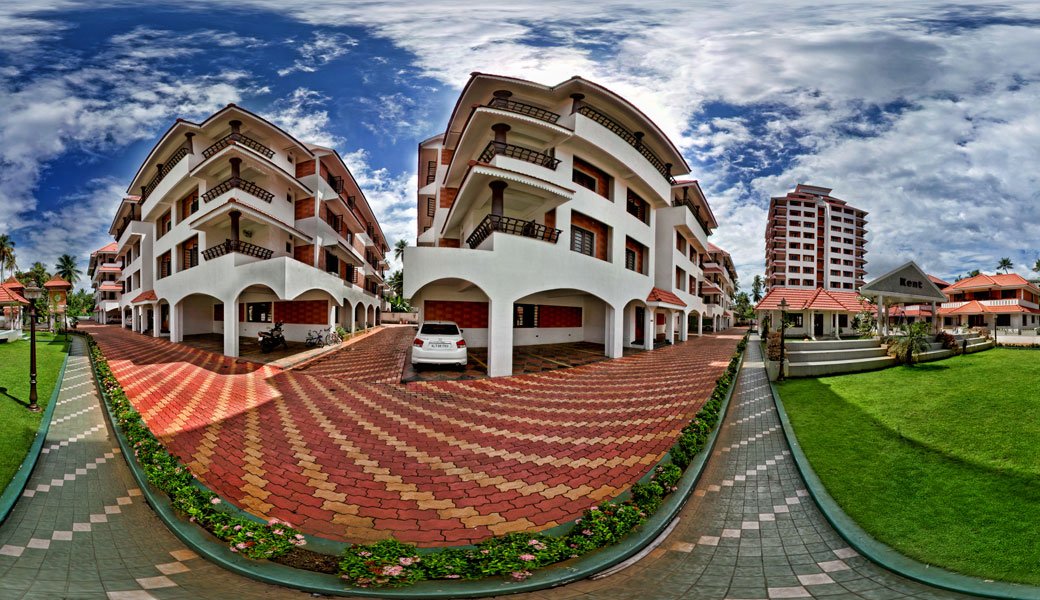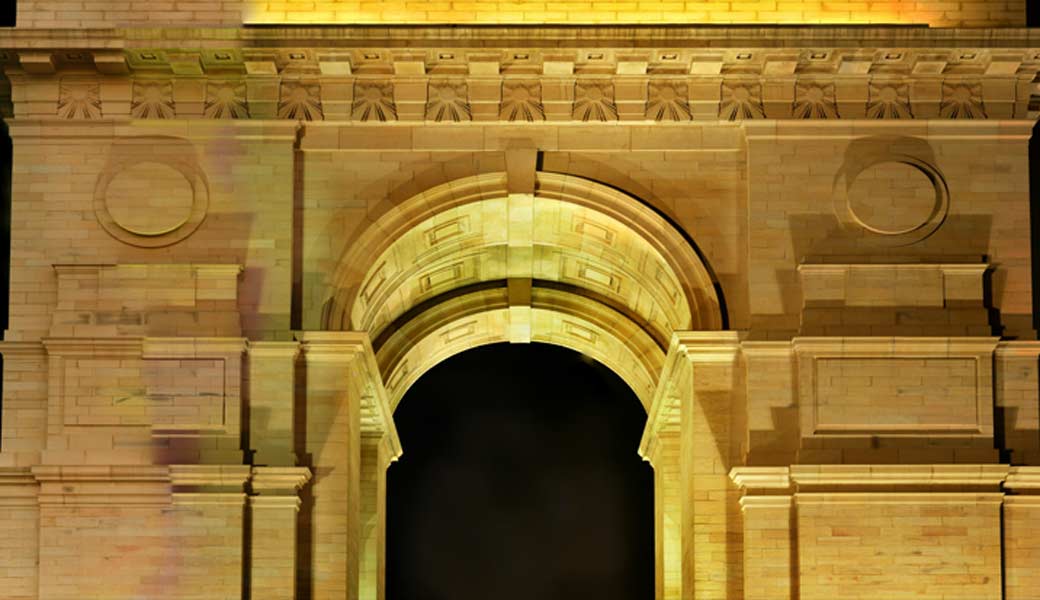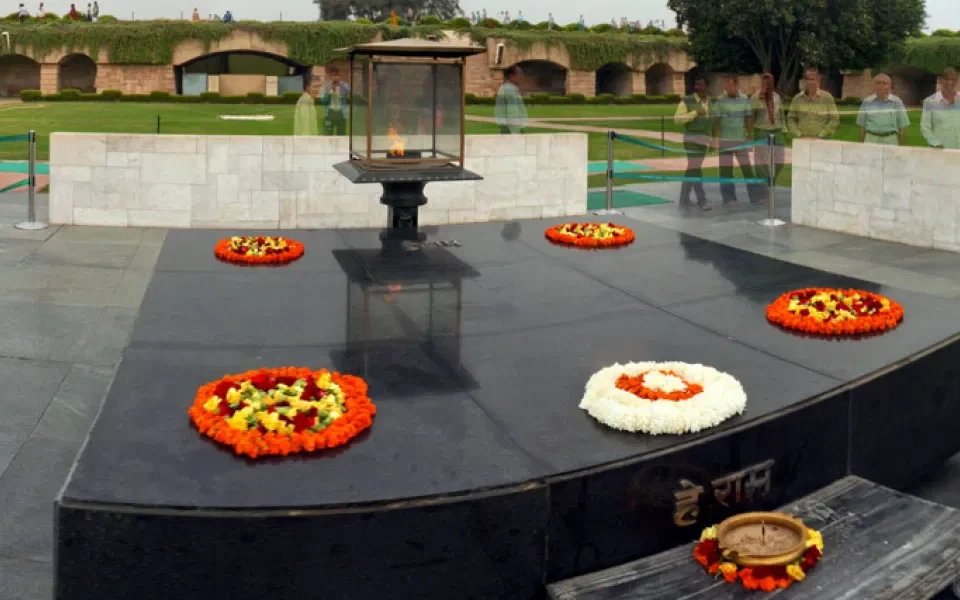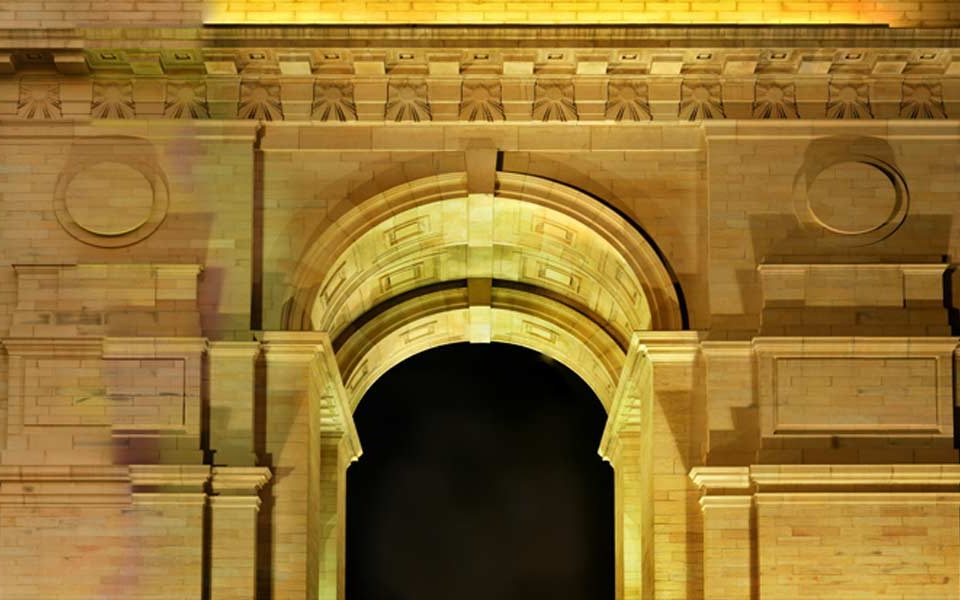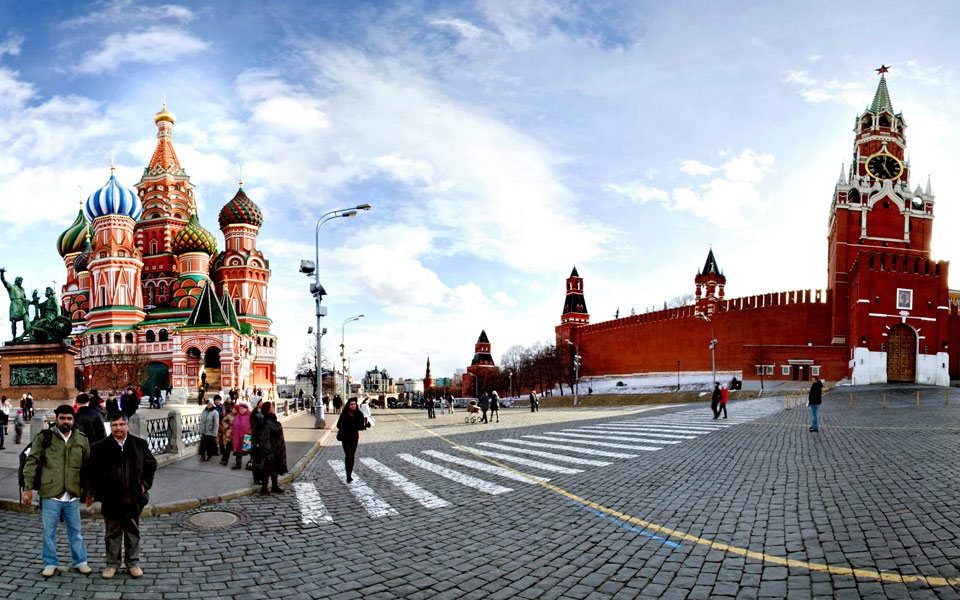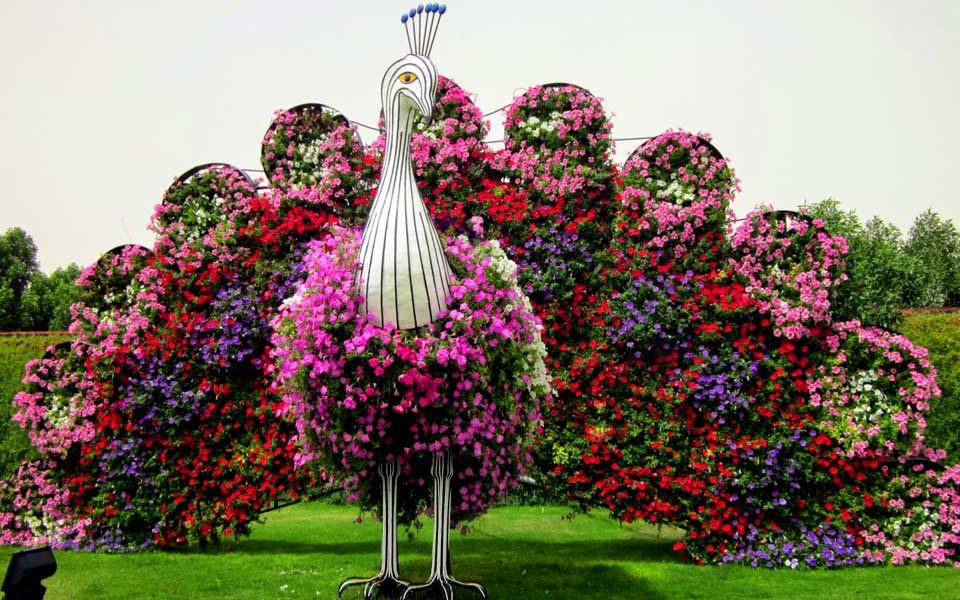Golkonda Fort 360° Virtual Reality Tour
Watch and share the 360-degree virtual reality tour of Golkonda Fort, Hyderabad
Golkonda, also known as Golconda, Gol konda (“Round shaped hill”), or Golla Konda, (Shepherds Hill) is a citadel and fort in Southern India and was the capital of the medieval sultanate of the Qutb Shahi dynasty (c.1518–1687), is situated 11 kilometres (6.8 mi) west of Hyderabad. It is also a tehsil of Hyderabad district, Telangana, India. The region is known for the mines that have produced some of the world’s most famous gems, including the Koh-i-Noor, the Hope Diamond, the Nassak Diamond, and the Noor-ul-Ain.
Golkonda was originally known as Mankal. Golkonda Fort was first built by the Kakatiya dynasty as part of their western defences along the lines of the Kondapalli Fort. The city and the fortress were built on a granite hill that is 120 meters (480 ft) high, surrounded by massive battlements. The fort was rebuilt and strengthened by Rani Rudrama Devi and her successor Prataparudra. Later, the fort came under the control of the Musunuri Nayaks, who defeated the Tughlaqi army occupying Warangal. It was ceded by the Musunuri Kapaya Naidu to the Bahmani Sultanate as part of a treaty in 1364.
The Golkonda Fort is listed as an archaeological treasure on the official “List of Monuments” prepared by the Archaeological Survey of India. Golkonda actually consists of four distinct forts with a 10 km long outer wall with 87 semicircular bastions (some still mounted with cannons), eight gateways, and four drawbridges, with a number of royal apartments and halls, temples, mosques, magazines, stables, etc. inside. The lowest of these is the outermost enclosure into which we enter by the “Fateh Darwaza” (Victory gate, so called after Aurangzeb’s triumphant army marched in through this gate) studded with giant iron spikes (to prevent elephants from battering them down) near the south-eastern corner.
At Fateh Darwaza can be experienced a fantastic acoustic effect, characteristic of the engineering marvels at Golkonda. A hand clap at a certain point below the dome at the entrance reverberates and can be heard clearly at the ‘Bala Hisar’ pavilion, the highest point almost a kilometre away. This worked as a warning note to the Royals in case of an attack.
The whole of the Golkonda Fort complex and its surroundings spreads across 11 km of total area and discovering its every nook is an arduous task. A visit to the fort reveals the architectural beauty in many of the pavilions, gates, entrances, and domes. Divided into four district forts, the architectural valour still gleams in each of the apartments, halls, temples, mosques, and even stables. The graceful gardens of the fort may have lost their fragrance, for which they were known 400 years ago, yet a walk in these former gardens should be in your schedule when exploring the past glories of Golkonda Fort.
The fort of Golkonda is known for its magical acoustic system. The highest point of the fort is the “Bala Hissar”, which is located a kilometre away. The palaces, factories, water supply system and the famous “Rahban” cannon, within the fort, are some of the major attractions.
It is believed that there is a secret underground tunnel that leads from the “Durbar Hall” and ends in one of the palaces at the foot of the hill. The fort also contains the tombs of the Qutub Shahi kings. These tombs have Islamic architecture and are located about 1 km north of the outer wall of Golkonda. They are encircled by beautiful gardens and numerous exquisitely carved stones. It is also believed that there was a secret tunnel to Charminar.
The two individual pavilions on the outer side of Golkonda are also major attractions of the fort. It is built on a point that is quite rocky. The “Kala Mandir” is also located in the fort. It can be seen from the king’s durbar (king’s court) which was on top of the Golkonda Fort.
Source: Wikipedia
Created by Leen Thobias P4Panorama

